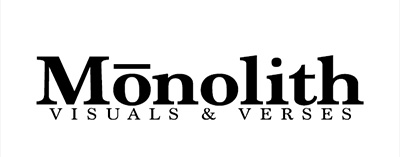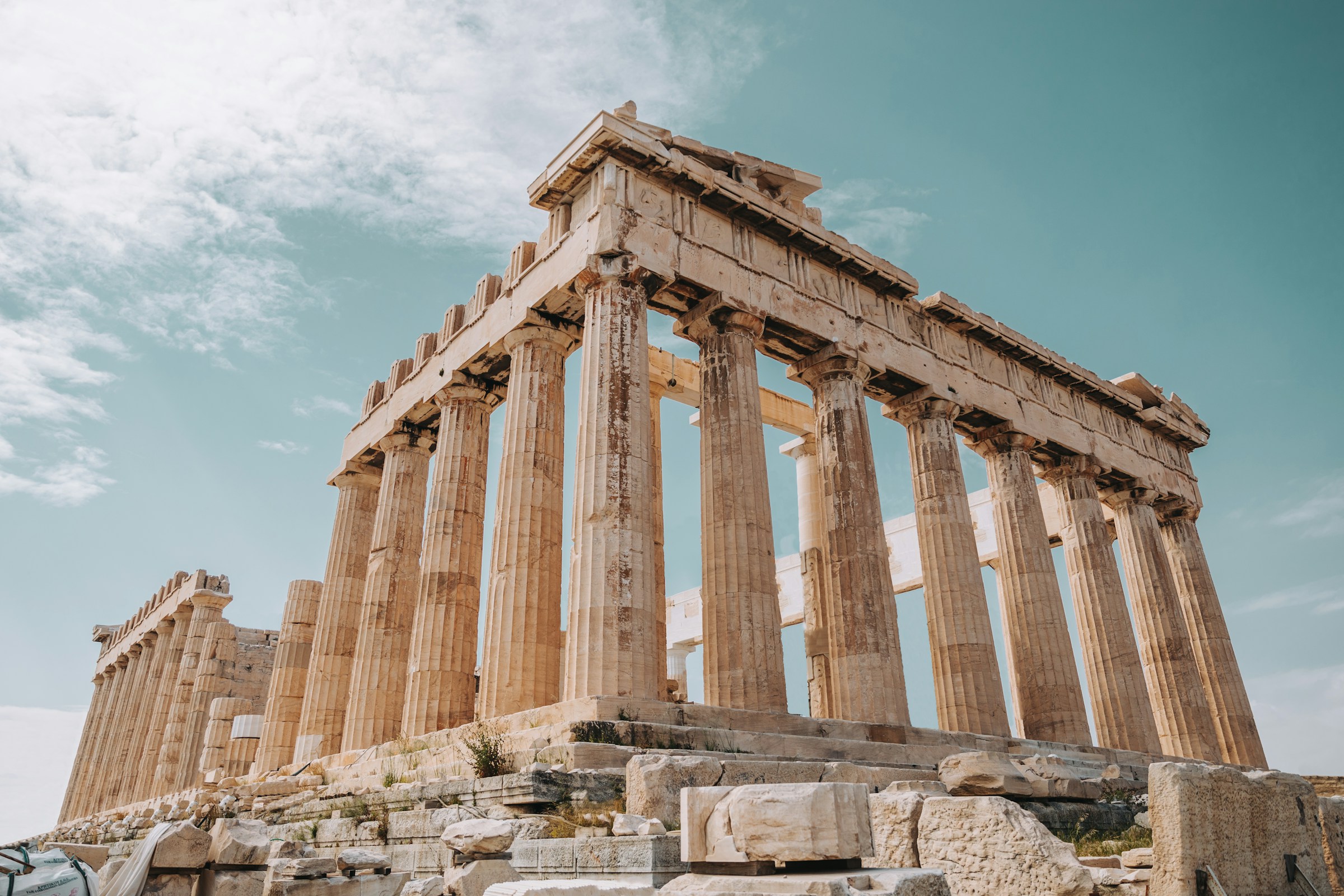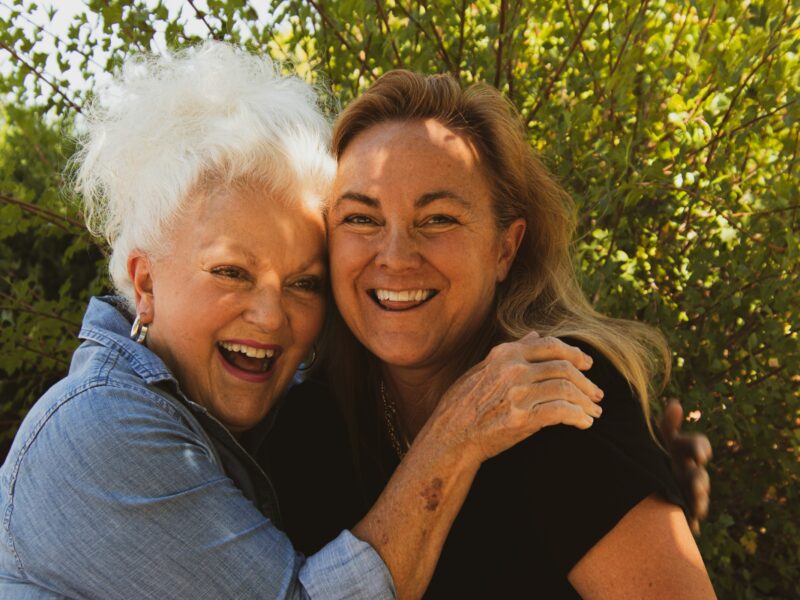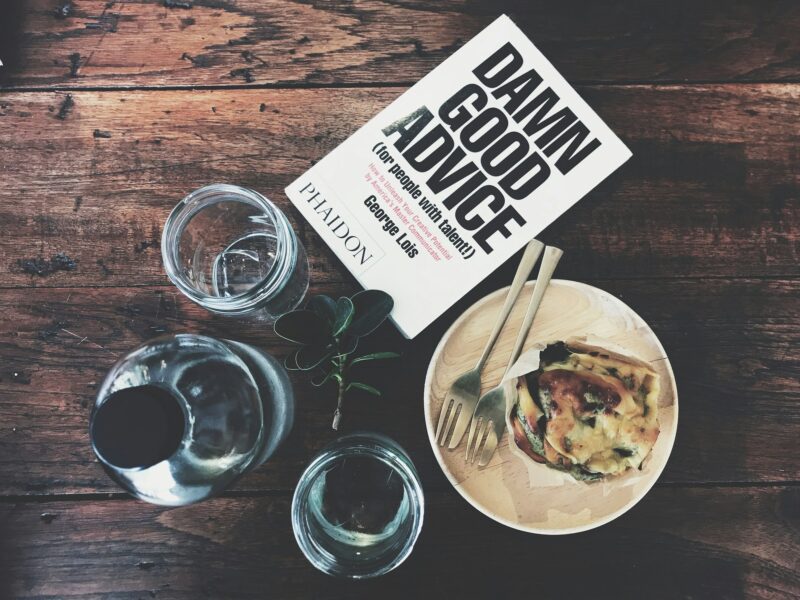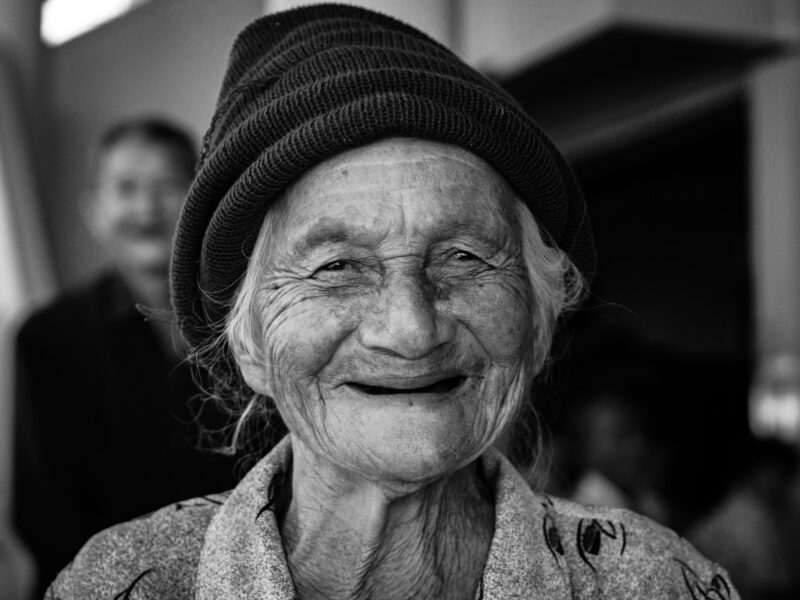Antoniadou | Idols
IDOLS
Cruciform shaped idols,
clay cups,
rocks,
spiral jewelry,
circular designs,
copper chisels
scouring the soil of Lemba (1)
under the scorching
Mediterranean sun
and entice the Rock of the Greek (2)
to give birth to Aphrodite
naked goddess idol of Souskiou (3)
hunting deer
in the forest of Akamas
and falling overwhelmed by love
on seashells and pebbles
to lure Adonis
into a frenzied love game
in the sea caves of St. George. (4)
In the trail of the two restless lovers,
the waves break on the rocks
and their foam outlines
forms of fertility
-or perhaps footprints of saints-
that will plow
with their naked feet
the land of Paphos,
or they will even receive
the blow of Romans (5)
and they will choose the Reclusion (6)
away from obsessions and hatred.
Aging tree trunks with tiny white flowers
appease the harshness of the landscape
and quench the passions ignited
like a flame from firestone.
At Aphrodite’s baths
the rose-green hue of jasper
reflects into the blue of the sea
dancing in the water.
Third Prize Winner at the Greek International Poetry Competition of Panhellenic Union of Writers,
Athens, Greece 2007.
*From the bilingual poetry collection “Idols” (Limassol, 2015)
(1) Lemba a village with important archaeological sites
(2) The birthplace of Aphrodite
(3) Souskiou a village with important archaeological sites
(4) A location on the western part of Cyprus
(5) St Paul received 39 lashes by the Romans in Paphos
(6) St.Neophytos from Paphos remained a recluse for all his life
DISMEMBERED STATUES
I shivered at the sight
of Parthenon’s freeze
with its peculiar deficient figures.
One would think that the sculptor
abandoned them uninterested
and in contempt to complete them.
But it was nothing other than dismembered figures
in pain from their amputation.
No blood dripping.
The marble was convulsing
from the loss of the body.
They reminded me of a Dali psychedelic painting
with body parts strewn on the sand
of Cadaqués beach.
Motionless figures sculpted in stone,
captured in the frame of the freeze,
without legs, without hands,
without abdomen,
Horsemen, satyres, warriors, kouroi (7)
in expectation of their other part
held captive and lifeless
in a museum in the city of fog,
without any serious excuse,
in search of the life they were deprived
by cultural interests.
They wish to live
throughout centuries
and they still hope,
just like a soldier
laying amputated
with the faint hope of prosthetics.
Parthenon’s statues
need no prosthetics
but human understanding.
They have the right to exist
through history,
to be united with their other part
and live in a uniform body
-what if this reminds me
of divided motherlands-
They wait patiently
to gasp the air of Attica
away from the mould of fog
to breathe
under the Acropolis sun.
First Prize Winner of the Philoxenos Prize,
4th International Greek League Poetry
Competition, Salonica, Greece, May 2014
*From the bilingual poetry collection “Idols” (Limassol, 2015)
(7) Statues of male youths. In Ancient Greek the word “kouros” (plural, “kouroi”) means male youth. The text refers to beardless statues of male youths.
(8) Philoxenos was a Greek dithyramb poet from Kythera (435-380BC)
Foto di Spencer Davis
